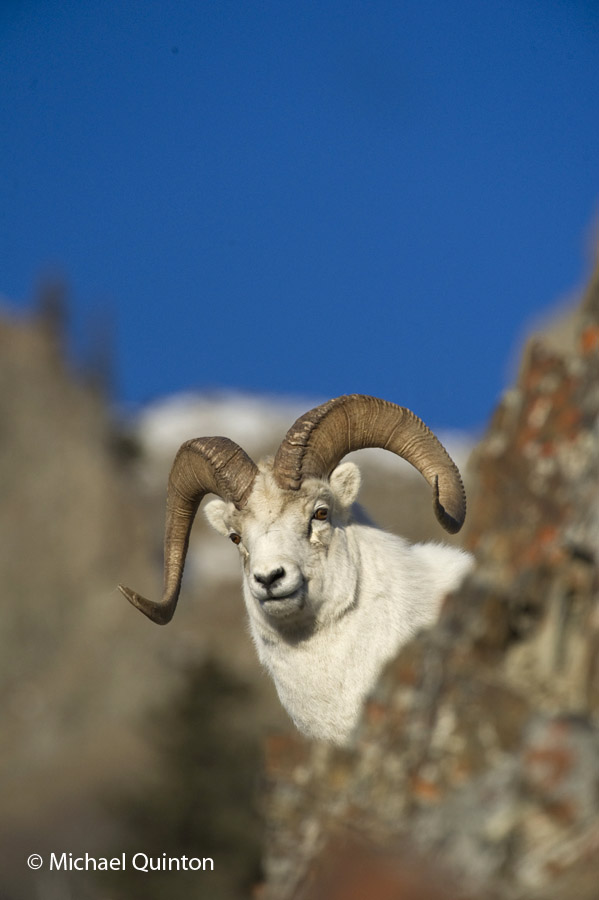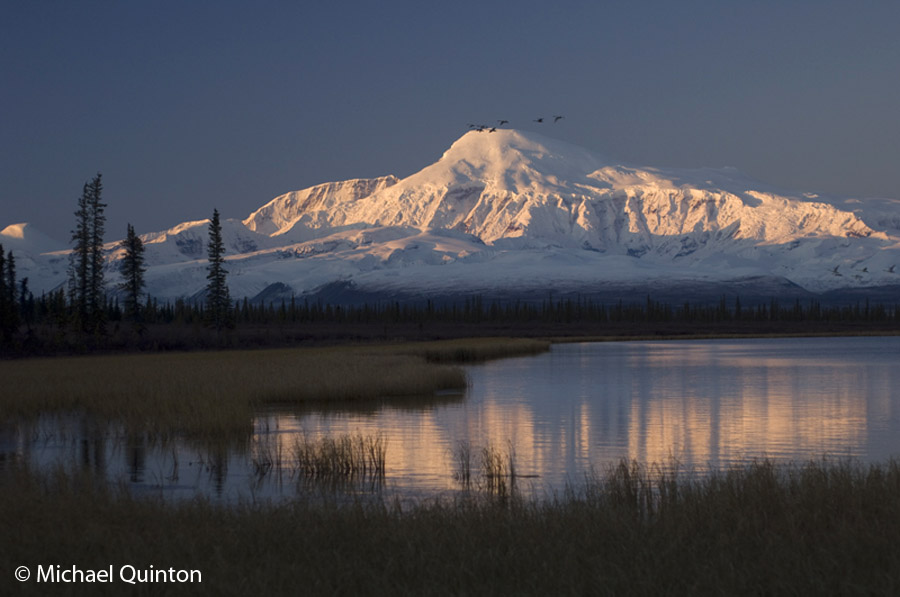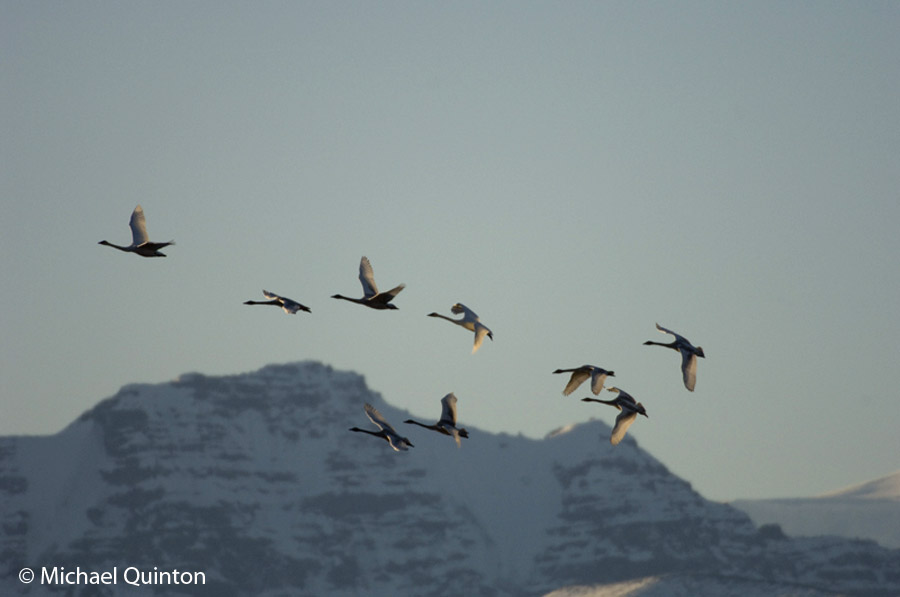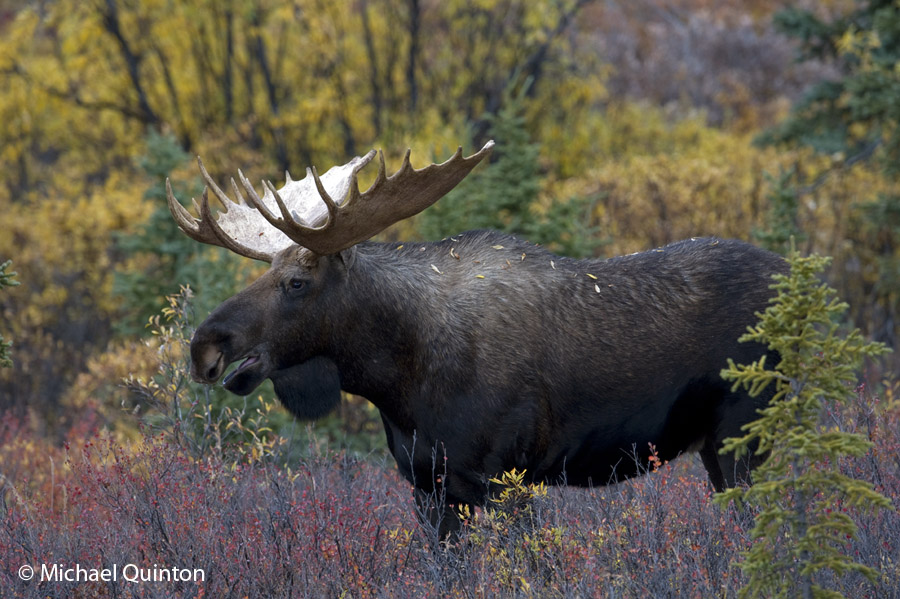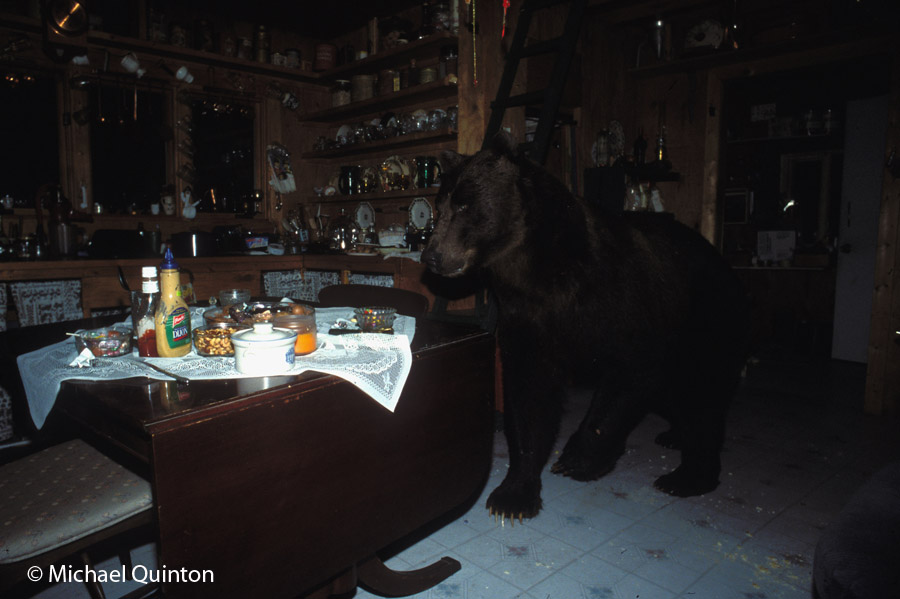 Spectacular Wrangell Mountains in Alaska seem insignificant in this ineffective wide-angle photograph.
Spectacular Wrangell Mountains in Alaska seem insignificant in this ineffective wide-angle photograph.
I remember my own fascination with the wide-angle lens. My first was a 24mm. The wide view had great appeal to me. It was thrilling to look at the landscape thru my lens. I could fit entire mountain ranges onto my tiny Kodachrome slide! And there lies the problem. A wide-angle lens often includes too much information with detail that is too small.
We expect the camera to record what we see. But, the fact is, we humans see things quite differently than any camera. Humans see their subject subjectively. We concentrate on our subject and don’t notice much else, missing details that we should be paying close attention to.
The camera records everything within the viewfinder, it sees objectively. Right down to all those distracting details we failed to notice.
In contrast, when we look at a mountain range or desert, we see the mountains, the terrain, we feel the wind, we get dust in our eye, we feel the cold or hot, We smell the pines or the sagebrush and the delicate fragrance of wildflowers as our gaze dances from flower to flower and bounce along with a foraging bumble bee.
Continue reading →


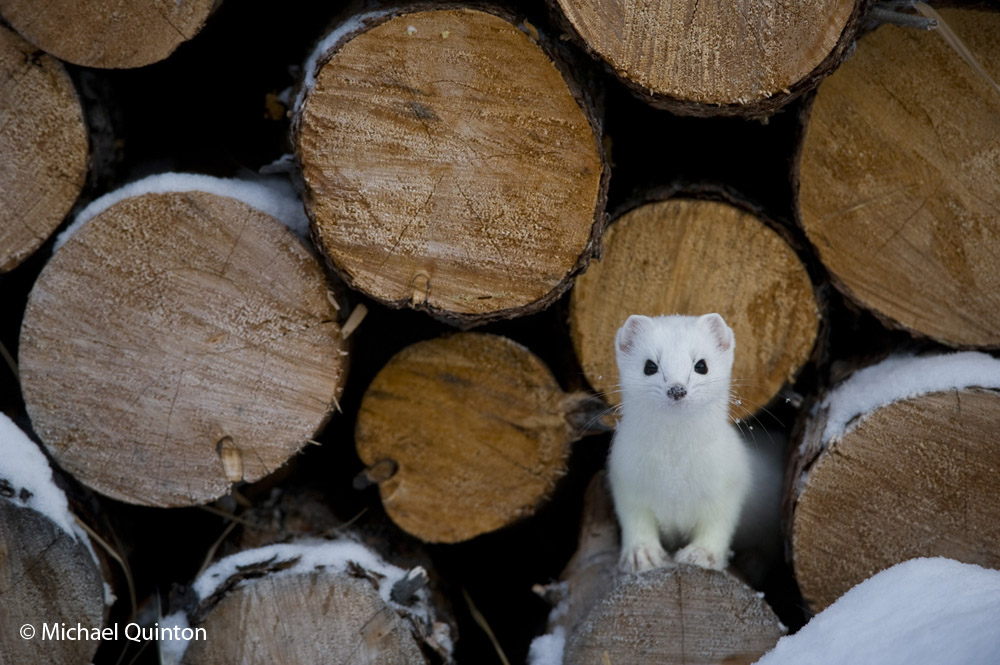
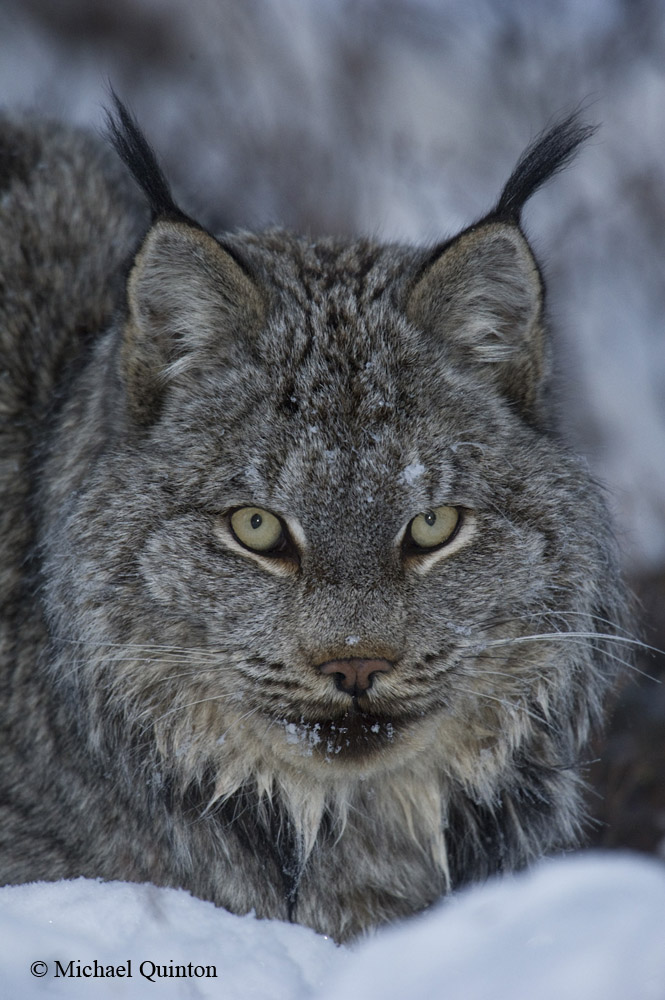

 Spectacular Wrangell Mountains in Alaska seem insignificant in this ineffective wide-angle photograph.
Spectacular Wrangell Mountains in Alaska seem insignificant in this ineffective wide-angle photograph.